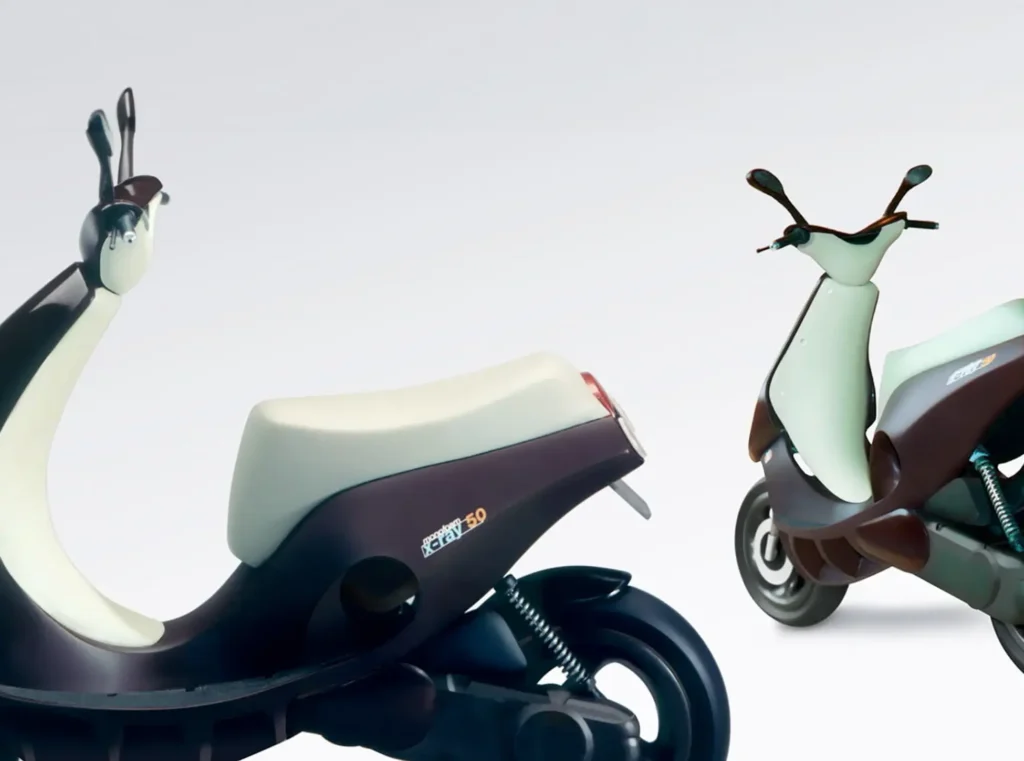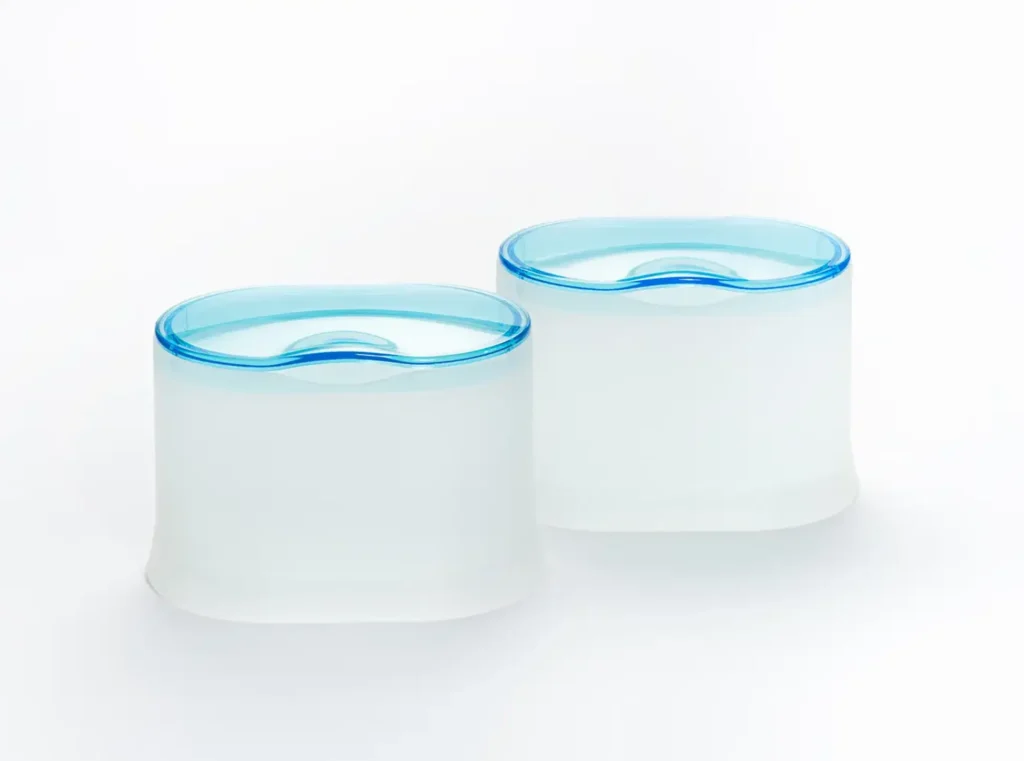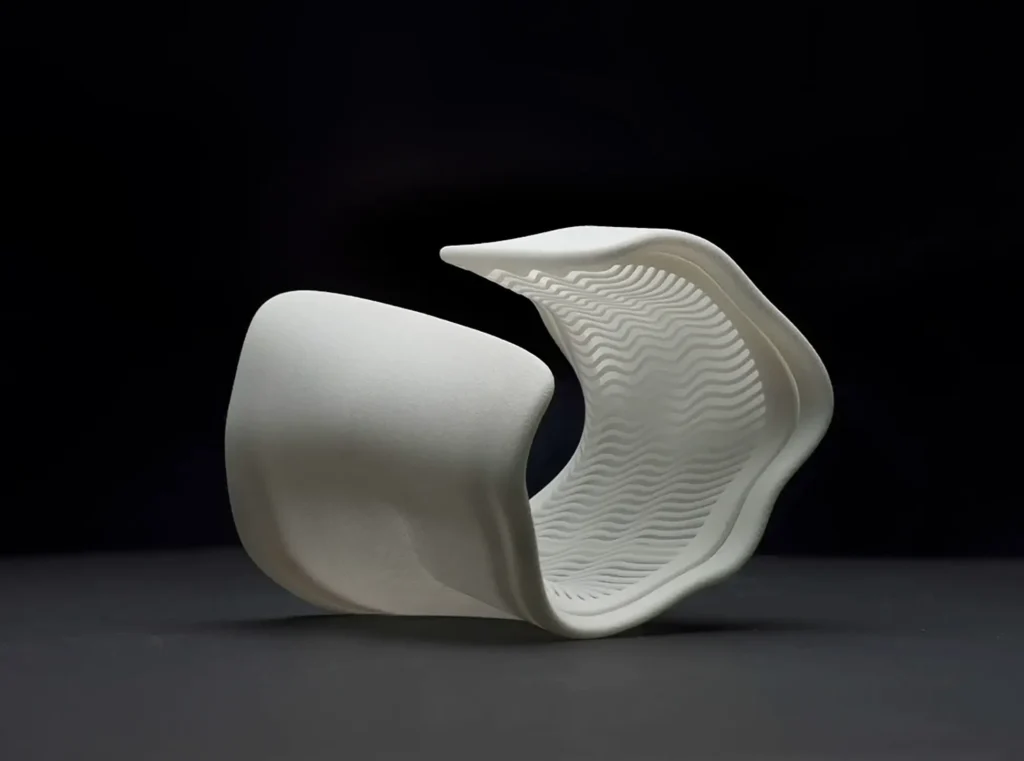Street Furniture for the City of Rotterdam

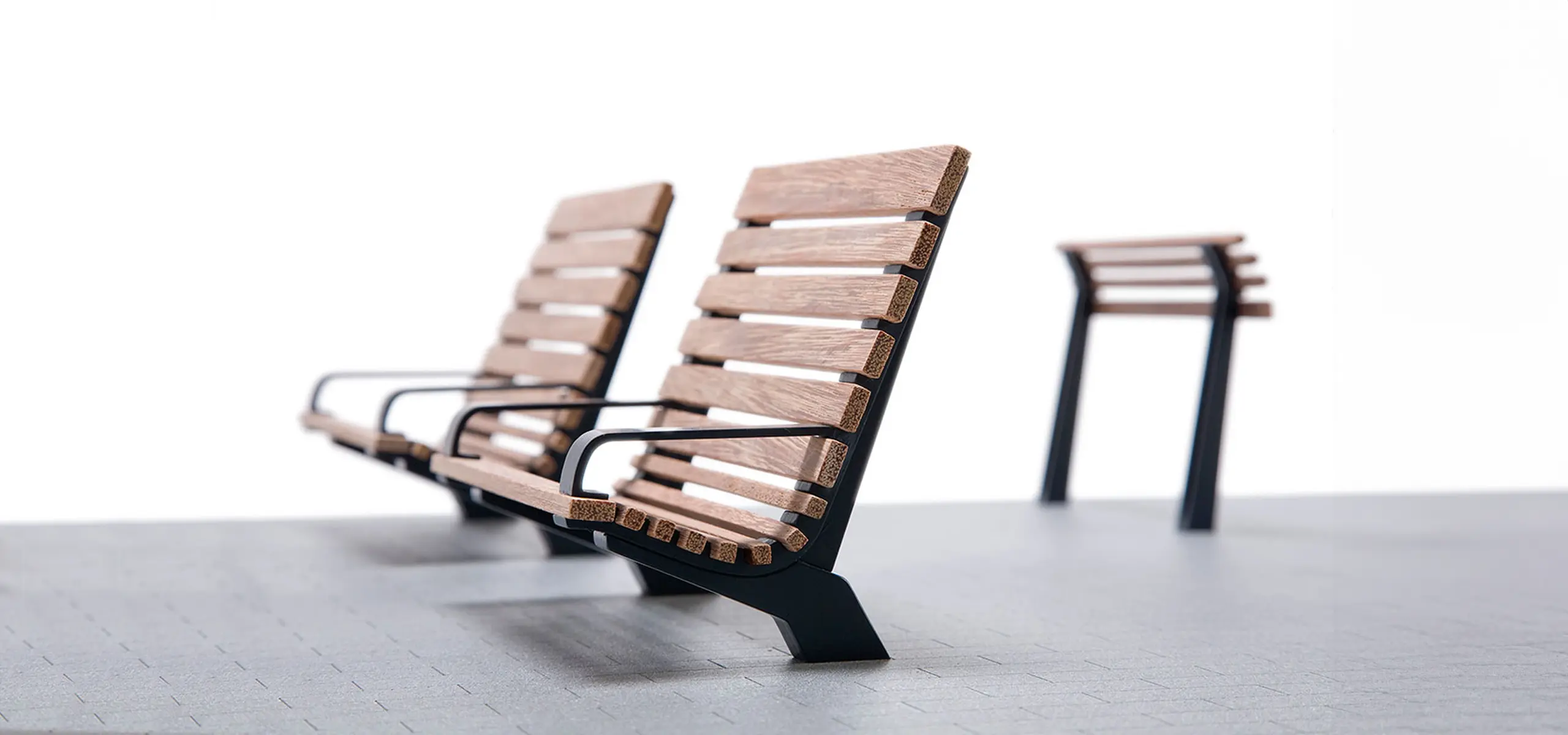
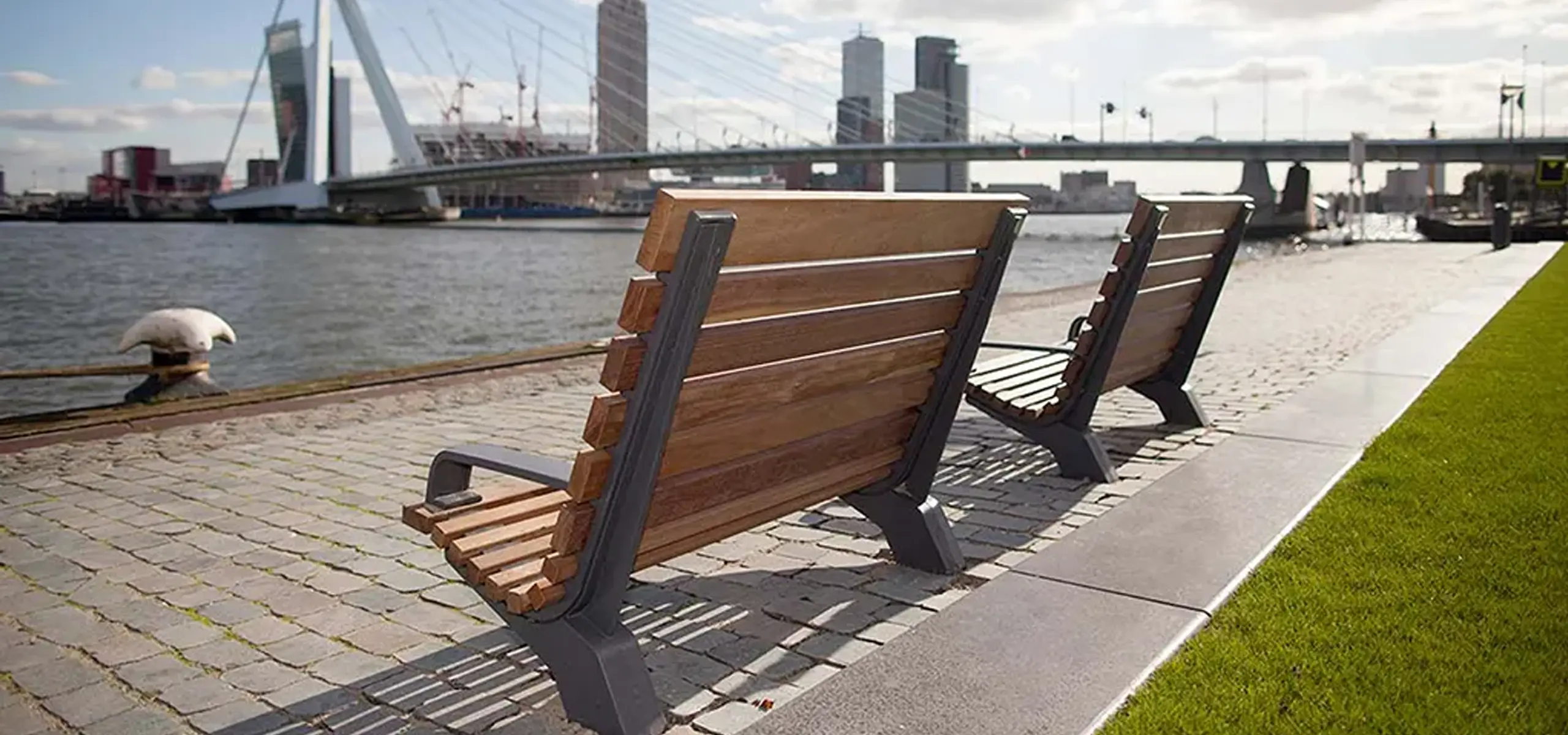

Rotterdamse Stijl
This series of street furniture was designed within the context of a large umbrella project called ‘Rotterdamse Stijl’. It was aimed at establishing a city-wide aesthetic for public design for the City of Rotterdam. A big project from Joanna’s portfolio at npk design.
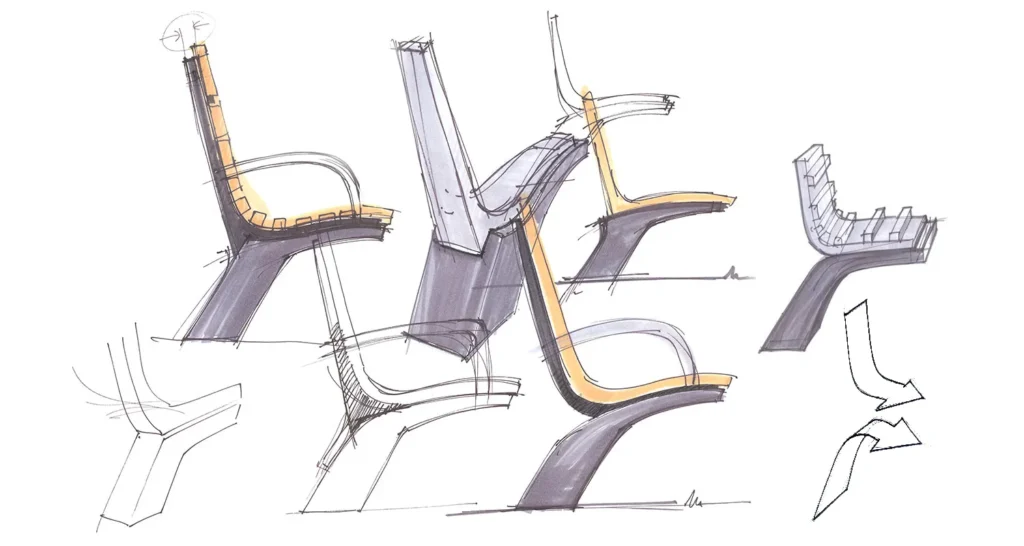
Rotterdamse stijl
This series of street furniture was designed within the context of a large umbrella project called ‘Rotterdamse Stijl’. It was aimed at establishing a city-wide aesthetic for public design for the City of Rotterdam. A big project from Joanna’s portfolio at npk design.
Street furniture in Rotterdam: Defining a grand creative vision for years to come
This street furniture project entailed firstly formulating a grand creative vision for the design of Rotterdam’s public objects for the coming decades. Secondly it entailed designing numerous objects to support this vision, including Public seating, Traffic bollards, Masts, Fencing and Tree Grids.
Joanna helped formulate the vision and played a major role in creating the concepts and developing the designs. The goal was to create a cohesive and recognizable design language for all of these products, to serve as a platform for planners, developers and designers into the future. The most important deliverable for this project was a comprehensive manual, a ‘Toolkit’, with an overview of the designs and guidelines for their placement.
About the Rotterdamse StijlBench program: how to create visual harmony without monotony
The underlying story for the series of urban benches shown here is all about creating visual harmony without monotony. To achieve this, a family of benches was designed, with a similar over-aesthetic, that allows for variations based on different ergonomic ways of sitting for different parts of the city. For example, a more formal way of sitting in the city center. In residential areas, more playful and dynamic and at the riverbank more relaxed.
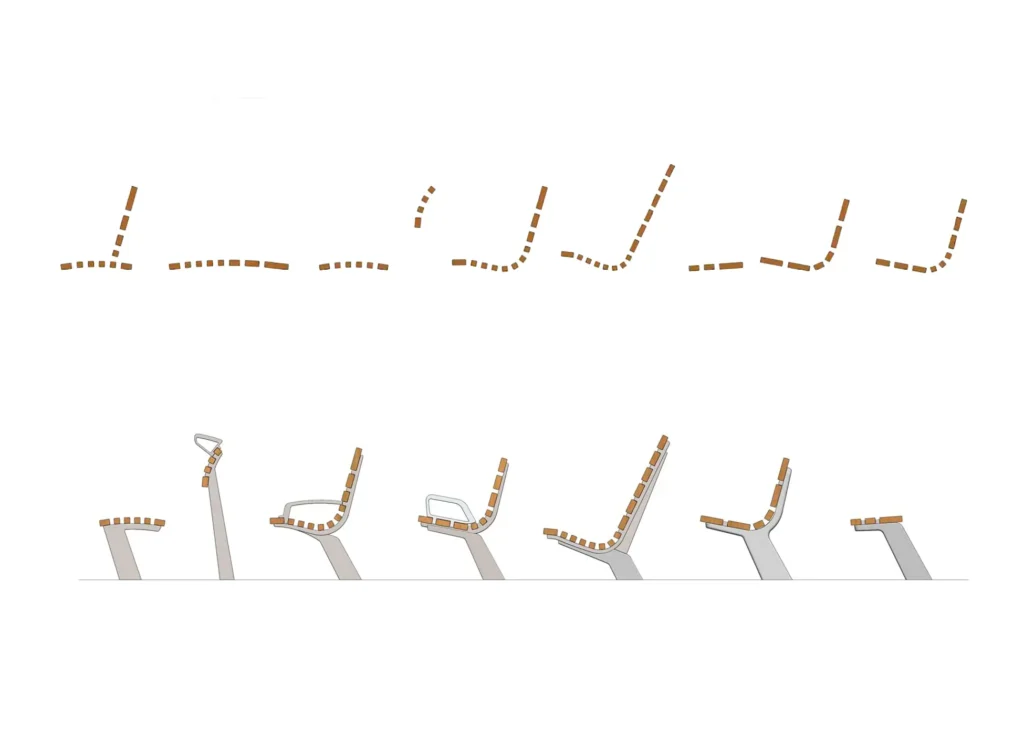
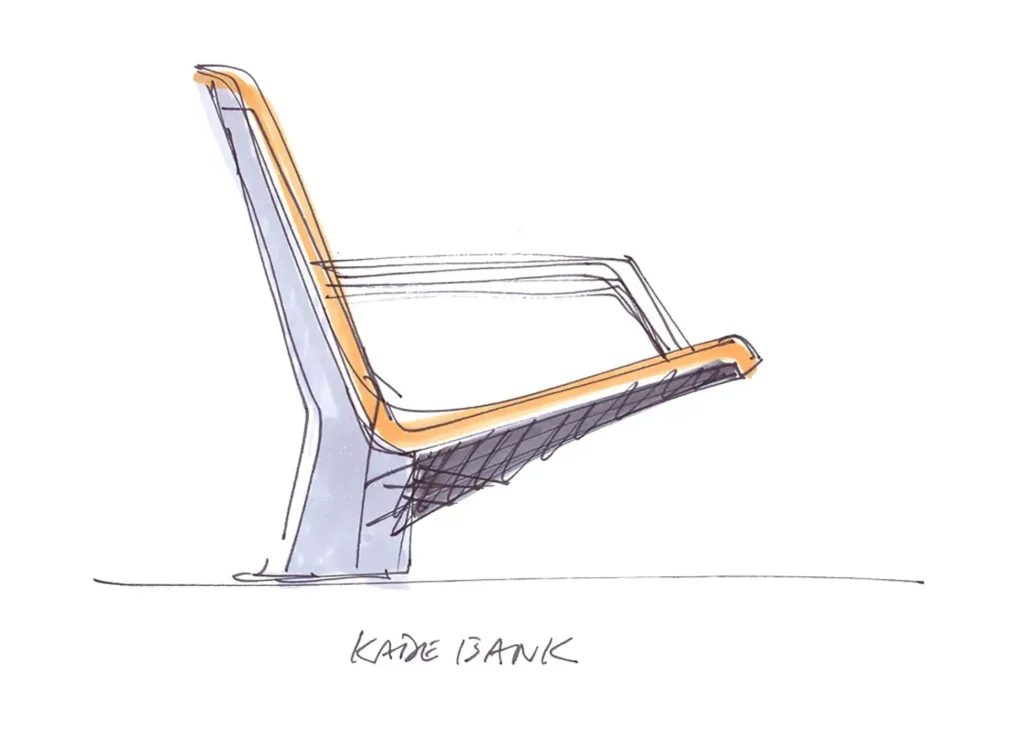

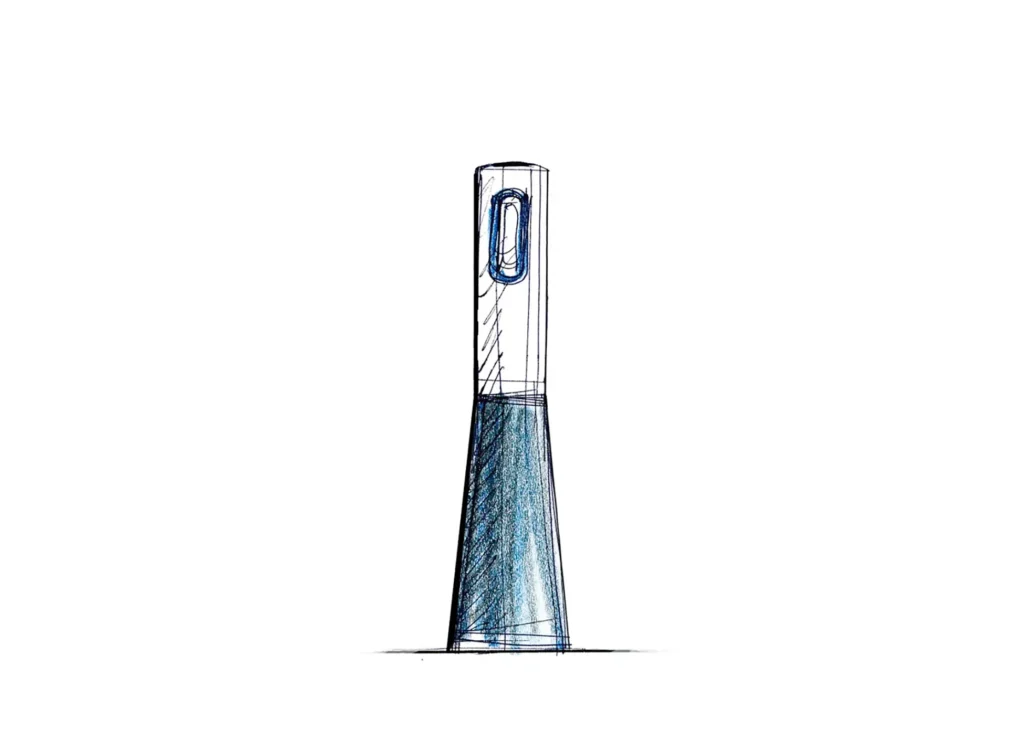
Different sketches of bench seating for the city of Rotterdam by Joanne Boothman (Groen & Boothman)
This street furniture design involved:
Research and understanding of Rotterdam’s people, landscape and infrastructure
Creating a broad aesthetic vision for the street furniture of the city of Rotterdam
Design & detailing of the full range of urban amenities
Ergonomic study of seating suitable for public seating
Placement principles and the development of a toolkit
Working in close co-operation with the municipality, installers and suppliers
More about the bench program and creative story: long lines and wide vistas
The underlying aesthetic principle of the benches follows a main pillar of the grand vision; Rotterdam’s ‘Long Lines & Wide Vistas’ (Rotterdamse Stijl). To this end the choice was made to maintain continuous, horizontal lines in all the seating versions. Consequently a system was created consisting of four wooden plank widths, with which a number of ergonomic seating profiles could be composed and various bench-styles built.
For example, the city-center and two-seater benches employ all four plank-widths, to create the most refined sitting surface and grandest visual statement. The city-wide bench and leaning support use only two widths, while the block uses three. In this way creating some variety in the unity.
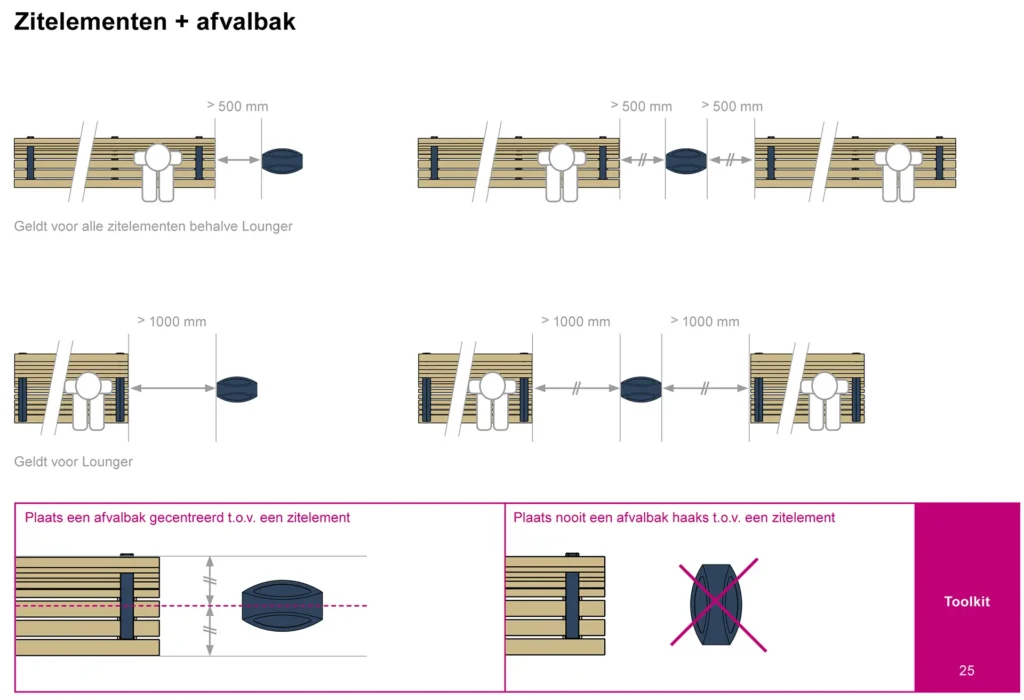
Street furniture design with references to the city of Rotterdam
For example: the two-seater lounger was designed to relax in along the banks of the Maas River, which flows through the city. Its design is inspired by the Adirondack chair; an outdoor chair, popular in Canada (where Joanna grew up). It is characterized by its low seat, laid-back posture and horizontal arm-rests. In addition the small bollard is the smallest member of the Mast Program street furniture. Its design is inspired by a lighthouse and Rotterdam’s port status. For example the characteristic tapered base features throughout the program and relates to the design of the bench supports.Rotterdamse Stijl
The Rotterdamse Stijl was developed for peace, unity and recognisability in the outdoor space. In addition, the Rotterdamse Stijl opts for sustainable furniture and sustainable paving with a high-quality appearance. Maintenance can be done more efficiently through consistent use of materials.
Besides the Rotterdamse Stijl, Joanna and Hanno have worked on many successful design projects for the public space including the Dutch national letterbox, playground equipment and traffic signing.Other projects
Have a look at other projects by Groen & Boothman
Inspired by our work?
Please fill out the form, so we can learn more about you and your needs.
